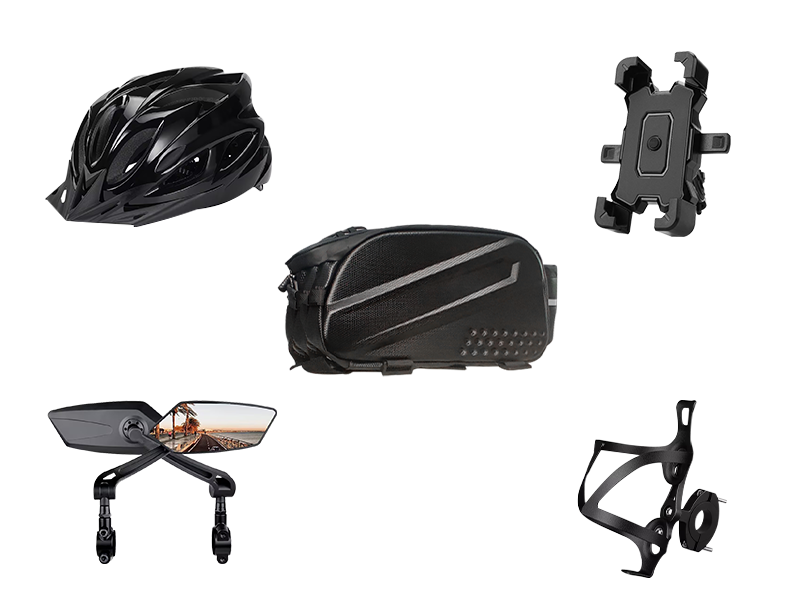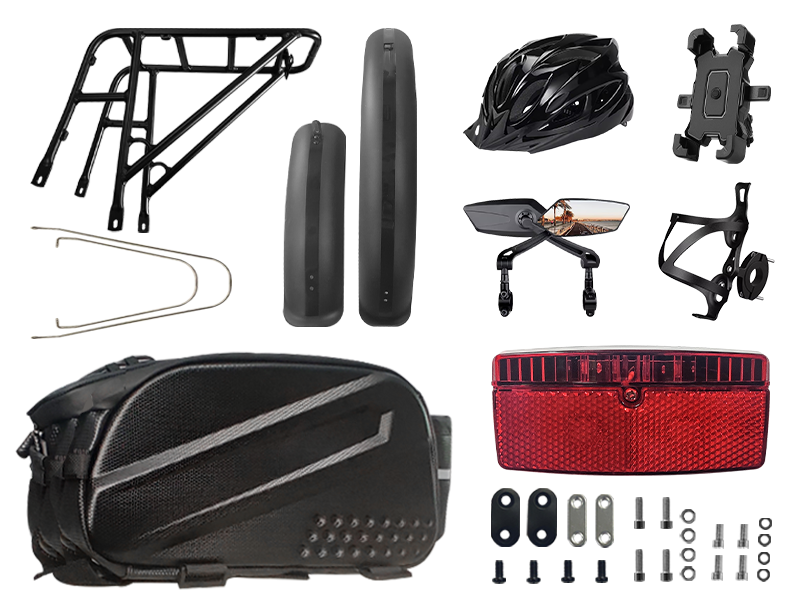Choosing Between 750W and 1000W eBikes: Find Your Perfect Match!
OCT 17, 2024
When it comes to electric bikes (eBikes), choosing the right motor wattage can significantly impact your riding experience. Two popular options are the 750W and 1000W motors. Each has its own strengths and ideal use cases. Let’s dive into the details to help you determine which one is better for you!
Understanding Motor Wattage
Motor wattage is a key factor in determining the performance of your eBike. In simple terms, the higher the wattage, the more powerful the motor. This power translates into better acceleration, hill-climbing capabilities, and overall speed. However, your choice should depend on your riding style, terrain, and personal preferences.
750W eBike: Perfect for City Riding
Pros:
- Efficiency: A 750W motor is often more energy-efficient, offering a longer range per charge. This is great for urban commuters who want to maximize battery life.
- Lightweight: Typically, 750W bikes are lighter than their 1000W counterparts, making them easier to handle and transport.
- Sufficient Power for Most Riders: For city riding, commuting, or leisurely weekend rides, a 750W motor provides ample power without overwhelming speed. It can handle moderate hills and provides a comfortable ride.
Cons:
- Limited Performance on Steep Inclines: If you frequently tackle steep hills or rough terrains, a 750W motor might struggle compared to a higher wattage option.
1000W eBike: Power for Adventure Seekers
Pros:
- Superior Climbing Ability: The 1000W motor excels in climbing steep hills and handling rough terrains, making it ideal for off-road adventures or hilly regions.
- Higher Speed: With more power, these motors can achieve higher top speeds, appealing to those who enjoy a thrilling ride.
- Great for Heavy Loads: If you plan to carry cargo or ride with a passenger, a 1000W eBike can manage the extra weight more effectively.
Cons:
- Increased Weight: The more powerful motor can add weight to the bike, potentially making it less maneuverable.
- Shorter Range: The higher power consumption may lead to a shorter range, especially if you frequently ride at full throttle.
Which One is Right for You?
-
Your Riding Style: If you’re a city commuter or enjoy leisurely rides, a 750W eBike is likely sufficient. However, if you’re an adventure enthusiast seeking speed and power, the 1000W option might be your best bet.
-
Terrain: Consider where you’ll be riding. For flat city streets, 750W is ideal. For hilly or off-road trails, lean towards the 1000W motor.
-
Weight Considerations: If you need a lightweight bike for easy transport, a 750W model may suit you better.
-
Budget: Generally, 1000W bikes can be more expensive due to their enhanced features and capabilities. Weigh your options based on your budget and intended use.
Conclusion
Choosing between a 750W and 1000W eBike ultimately depends on your personal needs and riding preferences. Both options offer unique advantages, so consider your riding style, terrain, and any additional factors before making a decision. Whichever you choose, both can provide an exhilarating and eco-friendly way to explore your surroundings!














